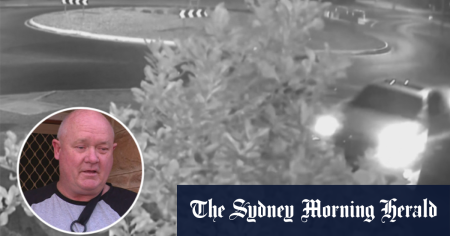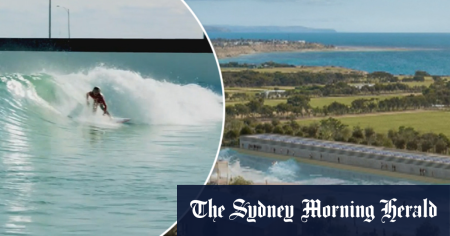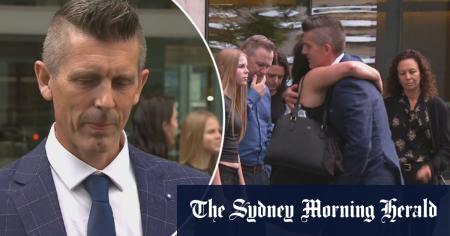The author expresses jealousy towards those who have purchased apartments in the Sirius building, praising its waterfront views, central location, and vibrant surroundings in the heart of the city. Despite the high cost of living in the building, the author considers it a bargain compared to other real estate options in the city. However, the sale of the building has been criticized by NSW Minister for Housing Rose Jackson, who believes residents were shortchanged in the transaction and that the outcome will only provide a small number of public housing units. The Sirius building is being redeveloped into luxury apartments, marking a significant change from its original purpose.
The Sirius building, originally constructed by the government, is hailed by the author for its durability and longevity compared to newer housing developments in the city. While acknowledging the need for public housing solutions, the author criticizes the harsh treatment of public housing tenants, including the forced eviction of long-term residents like Myra Demetrious. The author highlights the social and economic disparities present in their own neighborhood, where public housing units coexist with more affluent areas, leading to stigmatization and discrimination against public housing residents by some members of the community.
The author reflects on the attitudes towards public housing tenants in Sydney, noting a lack of empathy and understanding towards those in need of affordable housing. Despite a desire to address the public housing crisis, there is a reluctance to have public housing tenants in upscale neighborhoods, perpetuating stereotypes and discrimination. The author emphasizes the importance of sustainability and recycling in preserving architectural landmarks like the Sirius building, advocating for adaptive reuse and refurbishment as ethical and environmentally friendly alternatives to demolition.
The decision to save the Sirius building is praised by the author as a victory for preserving Sydney’s architectural heritage and promoting sustainable practices in the built environment. The author quotes architect Brian Zulaikha, who advocates for the adaptive reuse of existing structures as a more responsible and ethical approach to urban development. By reimagining and repurposing buildings like Sirius, communities can honor the past while creating a more sustainable future. The author calls for a shift in mindset towards valuing and conserving existing structures, rather than succumbing to the culture of demolition and rapid redevelopment.
In conclusion, the author reflects on the complex issues surrounding public housing, urban development, and sustainability in Sydney. The struggle to address the housing crisis while preserving architectural heritage highlights the tensions between progress and preservation, wealth and poverty, and community integration. By championing adaptive reuse and sustainable practices, the author suggests a way forward that respects both the past and the future of the city. The Sirius building serves as a symbol of resilience and resistance against the forces of gentrification and dispossession, embodying the ongoing struggle for social justice and equitable access to housing in Sydney.















